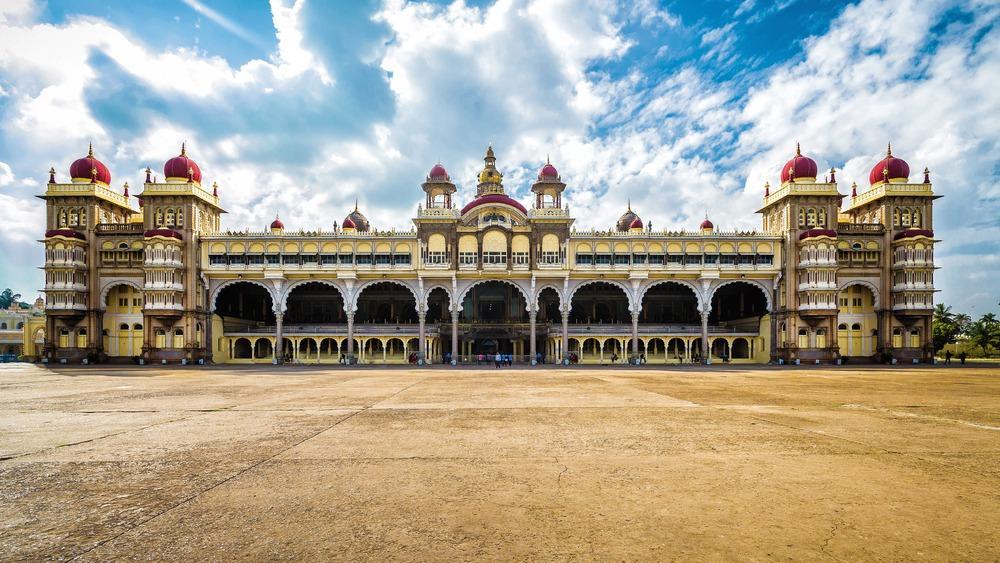India`s Minaret and Victory Tower: QUTUB MINAR
-ERAKINA
Qutub Minar; exuding India`s incredible strength and pride was kept under the name of first Muslim ruler of Delhi, Qutab-ud-din Aibak. It was built when Muhammad Ghori took over the Rajput king Prithvi Raj Chauhan in the late 1192. He commenced the construction of Qutub Minar in 1200 AD, but could only finish the basement. His successor Iltutmish added three more stories and in 1368 Firoz Shah Tughlaq constructed the fifth and the last story. Apart from this some of the historical documentations or regional rumours give a debating point that Qutub Minar was made by destroying Hindu monuments which were built by the Indian Rulers.
ARCHITECTURAL VIEW
India`s Victory Tower has taken architectural and design influence from Minaret of Jam in Afghanistan. The Mughals incorporated lotus borders carvings, garlands and looped bells from the local sensibilities. The tower is built with five tapering stories with a back-to-back spiral staircase of 379 steps. Meanwhile the lower three stories consist of cylindrical hilts of red sandstone which is separated by rims and balconies with Muqarnas’ truss. Whereas the fourth column is made of marble and the fifth one is built of marble and sandstone which are engraved with Quranic texts and decorative motifs.
Nevertheless, of the beauty of the pillar, the Minar is said to be tilting about 65cm from the vertical. But through constant monitoring by the experts, it is considered safe. Qutub Minar has been a strong influence for several towers and minarets built after it.
DISCERNMENT OF QUTUB FESTIVAL
One of the most magnificent forms of entertainment is the Qutub festival. It is celebrated at Qutub Minar to bring back the revival of the minaret. This aesthetic annual festival is organized with grandeur for three consecutive days during the months of October-November. To picturize more detailly, the decorative surrounding mesmerizes one`s gratitude. This festival indulges several renowned Indian Classical dance and music. Some of the attractive performances include Bharatanatyam, Kuchipudi, Kathakali, Ghazals, Qawwalis and many more. The old culture is still in the running legacy.
CURRENT STATUS
Eventually Qutub Minar is the oldest and tallest brick Minaret in the world, but it is kept well preserved under the Delhi Government. After the suicide and stampede incident which took place in 2000, government has prohibited the public entrance to the top most story. The tower bears several scars from thousands of years of survival. Unfortunately, the government spends less than one percent of its GDP on cultural maintenance, even though the cultural heritage of India Qutub Minar could be a major source of revenue from tourism, if it is maintained properly.
CESSATION OF VICTORY TOWER
The Minar is still a site to visit during pleasant weather. It gives a great sensation of proud feeling as it’s a symbol of a winning pillar. If one is interested in Indian History, then Qutub Minar comes in the top list. Where culture and victory are explained all over the heritage.
– by PRITISH PAUL
Content Writer ( Erakina By RTMN)
11/11/2021






